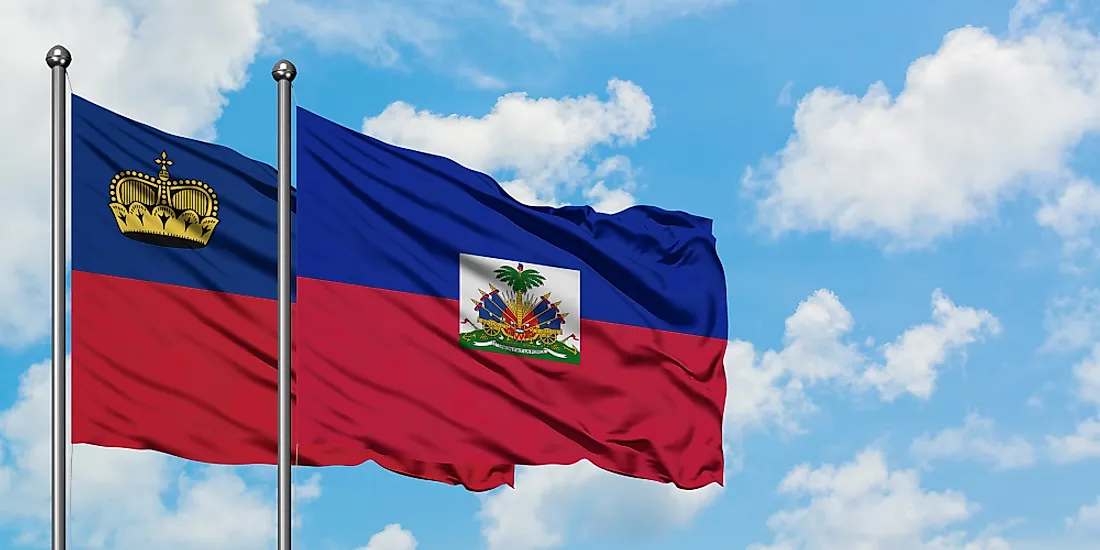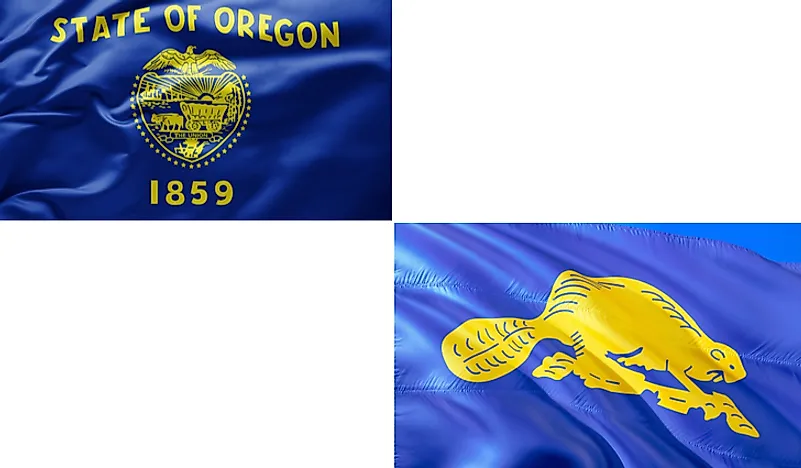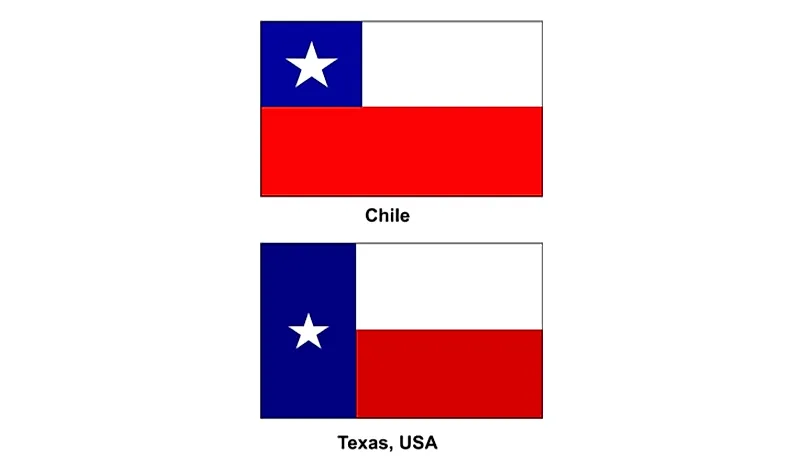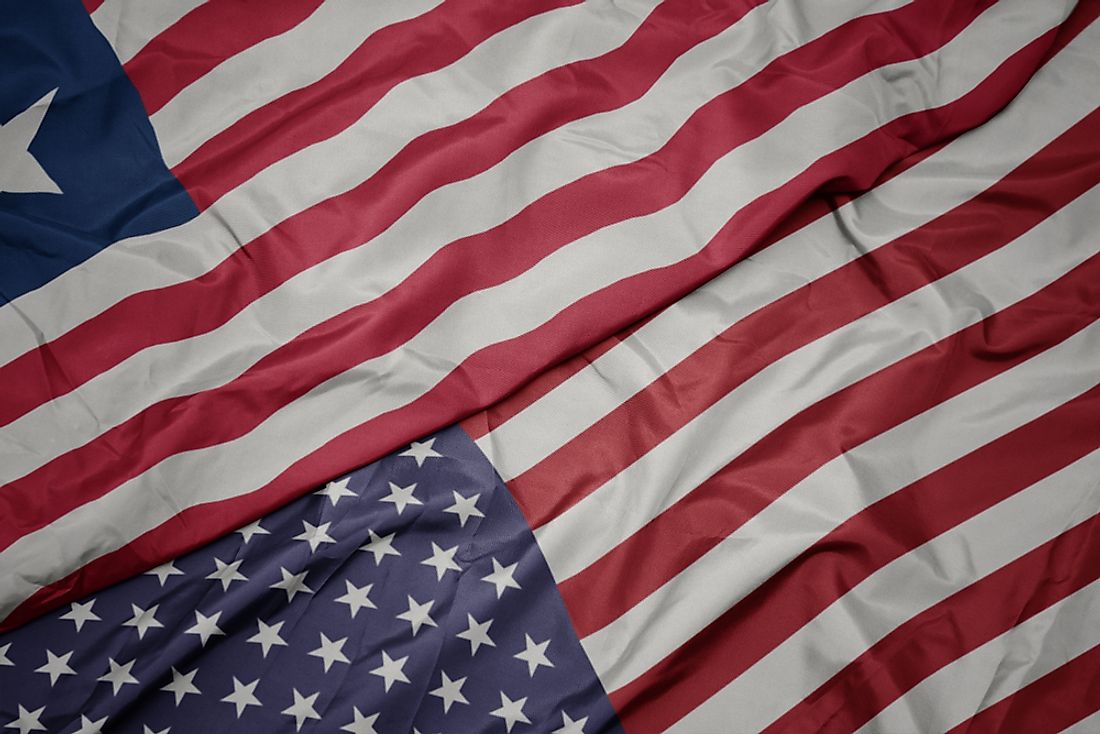Icelandic is the national language of Iceland. It belongs to the North-Germanic branch of the Germanic languages. The language has 32 letters of the alphabet which is similar to the Latin alphabet. The languages have three letters that are used in foreign words and one letter that is no longer in use. Icelandic remains the most spoken language in Iceland. Most Icelanders can read in Old Norse without difficulty. English and Danish are mandatory subjects in schools. German, Spanish and French are also often studied.
Most people who speak Icelandic live in Iceland. This number is about 320,000 speakers. About 8,000 speakers of the language are found in Denmark. Out of this population, around 3,000 are students. In the United States, around 5,000 people speak Icelandic while 1,400 speakers are found in Canada. Around 97% of Iceland’s population consider Icelandic their mother tongue. Out of the larger population of Iceland (332,529), 0.31% of this population are Danish speakers. An estimated 0.32% of the population speaks English while 0.31% speaks German. The biggest minority language in Iceland is Polish, which is spoken by 2.71% of the population.
Icelandic is one of the purest languages regarding grammar, vocabulary, and orthography. The language does borrow slightly from Latin, Roma, Celtic and Danish. An example of such a word is ‘tolva’ for a computer which was derived from ‘tala’ meaning numbers and ‘volva’ meaning witch. Some useful words for tourists and quick learners include Ja meaning yes, Nei meaning no and Takk for thank you.
Northern trade routes introduce small faction foreign language speakers in the region. These routes brought about speakers of English, Dutch, French, and Basque. Aside from Icelandic, Latvia speakers represent 0.14% of the population, Thai speakers 0.17% of the population, Filipino at 0.24%, Portuguese at 0.28%, Danish and German speakers making up 0.31% of the population each, English making up 0.32%, Lithuanian at 0.43% and Polish speakers making 2.71% of the general population. The other significant language is the Icelandic Sign language which was recognized by law in the year 2011. The sign language is recognized as a minority language and it represents the first language for the deaf community in Iceland.
This page was last modified on May 1st, 2018
More on Graphicmaps

Published on 2019-11-06
What is a Trade Embargo?

Published on 2019-11-04
Which Two Countries Used to Have the Same Flag?

Published on 2019-09-16
What Is the Only Two-Sided State Flag?

Published on 2019-09-16
Which Country Flag Looks Like the Texas Flag?

Published on 2019-08-29
Flags That Resemble the US Flag

Published on 2019-08-20
